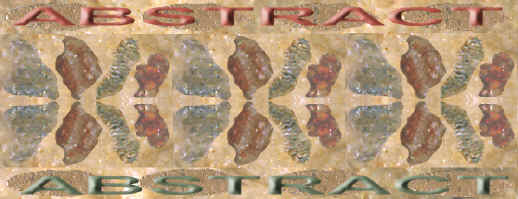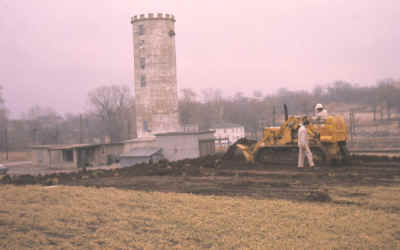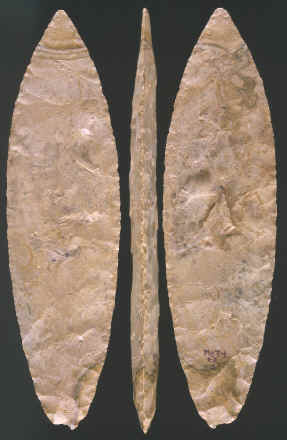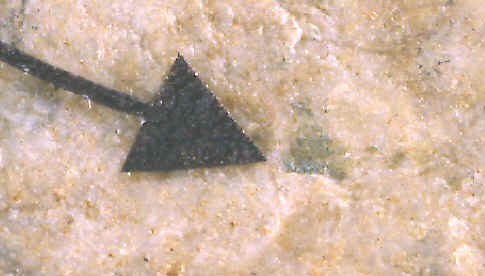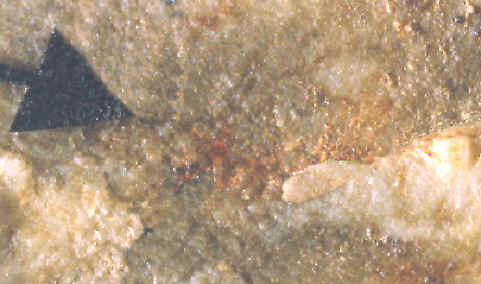|
||
|
||
|
"Of
great interest among the lithics are two beautifully executed Ramey
knives made from Mill Creek chert---in the wall trench of House 3,"----
2003, Mary R. Vermilion, "Journal of Archaeological Science,"
p. 1461.
An important discovery was made several years ago during the excavation of the Loyd site. This Mississippian site was excavated by a team of archaeologists from the Illinois State Museum, the University of Illinois (Urbana) and Southern Illinois University. The most significant discovery was found in one of the house wall trenches. This feature contained a cache of two Ramey knives and an adze. The Ramey knives were later discovered to have residual traces of two different pigments that were applied in an "artistic pattern." |
||
|
Ramey knives are not a commonly found artifact on Mississippian sites. The majority of recorded finds are concentrated around the Cahokia Mounds site area in southern Illinois. Most Ramey knives are made of Mill Creek chert. A few were made of Kaolin chert and still fewer examples were made of Burlington chert. |
||
|
||
|
Ramey knives may have been used for both ceremonial and domestic applications. Quite a number of them have been discovered in situations suggesting a ritual purpose. Several examples have been scientifically excavated along with burials. Others, like the two from the Loyd site were buried under the wall of a house. A large percentage of Ramey knives also show no indication that they were ever used for cutting. In-other-words, they have no edge wear. |
||
|
||
|
Although a large number of Ramey knives have no apparent use wear, other examples certainly were used for cutting. Some examples were extensively resharpened from the effects of either edge breakage or wear. Other examples also show smoothing of the edges near the base and were probably hafted in some way, possibly with a leather wrapping. |
||
| CONTINUE ON TO PAGE TWO | ||
|
"REFERENCES" 1952, Hamilton, Henry W., "The Spiro Mound," " The Missouri Archaeologist, Vo., 14," pp. 55 & 202.
1963,
Perino, Gregory, "Tentative Classification of Two Projectile Points
and One Knife from West-Central Illinois," pp. 99-100. |
||

